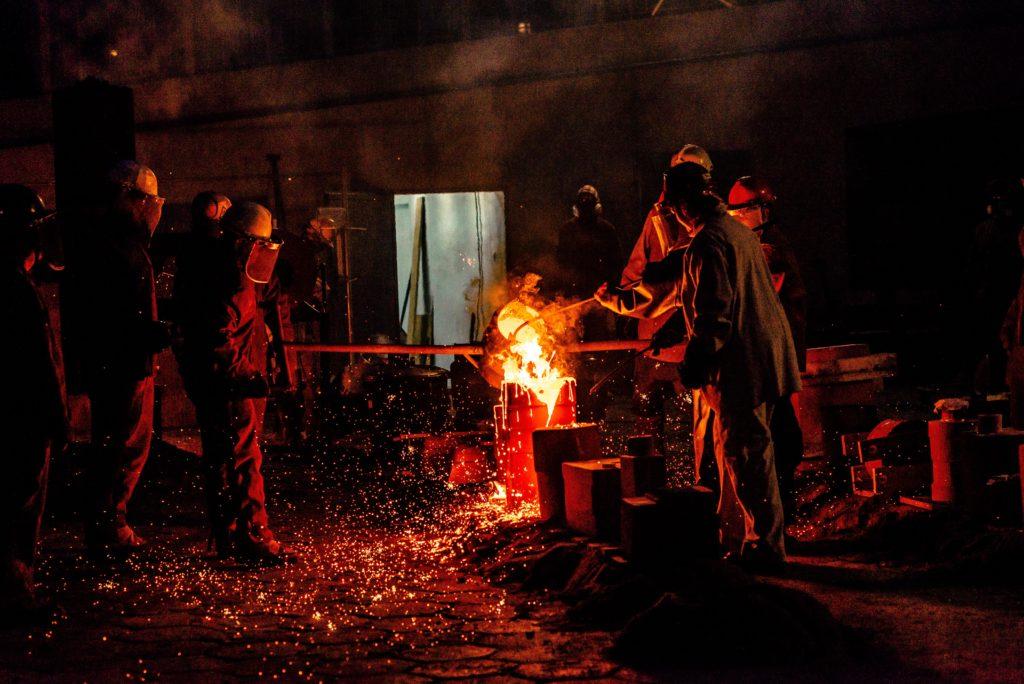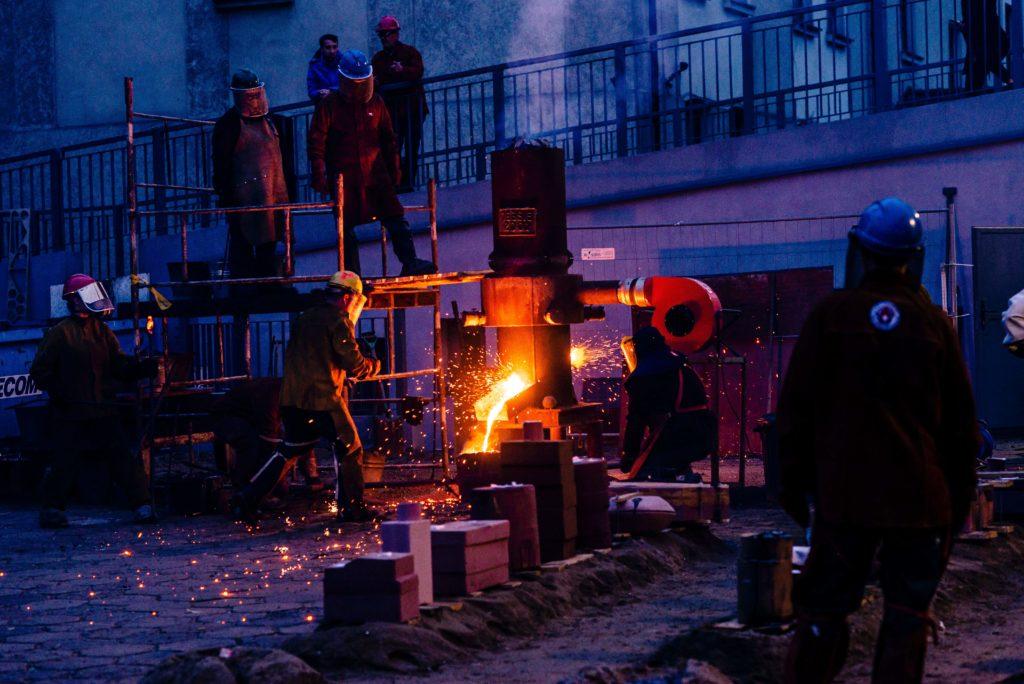
Metal casting trends continue to shape the market and help people improve on previous efforts. Here are several influencing the sector now and are likely to continue doing so for the foreseeable future.
Data analysis can help metal casting professionals get accurate, dependable information about overall productivity, process times, error detection and more. A case study with a BMW Group factory in Germany shows what’s possible.
The facility produced 4.3 million cast metal parts in a single year, including engine and vehicle body components. Using data analytics means the company stores thousands of details about processes, ranging from the storage times for sand cores to temperature and pressure specifics. The company also relies on 3D measurement data from castings to detect defects, such as blowholes and porosity.
Nelly Apfel, the plant’s data science officer, explained how the thousands of parameters within a single casting process allow for seeing connections. “Data transparency helps us to recognize causal relationships. This is important for component quality. And it enables our casting technologists to put together an optimum parameter set for the individual casting systems,” she said.
The company’s system also continually checks the real-life parameters against the ideal ones set in the system. When there is too much deviation between them, an alarm sounds and the casting process will automatically stop when necessary.
Some metal casting trends relate to making processes less wasteful and better for the environment since many people are concerned about sustainability. Green sand casting is considered one of the most reliable casting methods. It involves creating a single-use mold from a sand aggregate and pouring molten brass into it.
Even though people only use the mold once, some metal casting companies have recycling programs to use the spent sand for other purposes. The green sand casting process relies on the consumption of bentonite and carbon, and much of it ends up in landfills. However, some metal casting facilities have dust collection methods to reclaim some of it.

At least one company also has a patented process for separating the bentonite and carbon from foundry dust to reuse it. It reportedly has an 83% recovery rate for those materials.
The U.S. Environmental Protection Agency (EPA) also details several potential ways to reuse spent foundry sand. One option is to add it to manufactured soil and potting mediums. It can also serve as a foundation for roads. However, the organization confirmed that most spent sands do not get recycled yet. Hopefully, as more options become widely used, this will change.
Artificial intelligence (AI) also shows up in many roundups of metal casting trends. Company leaders often use it along with data analytics software, realizing that combining the two technologies can optimize results.
Toyota recently teamed up with Siemens to get an artificial intelligence solution to spot die casting defects in car air conditioner compressors. The process was historically challenging to manage due to variations in injection rates and team member experience levels.
However, the new approach involves gathering approximately 40,000 data points for every die casting shot. An AI-based system then analyzes that information to assess the likelihood of defects.
The AI checks factors related to the production environment at the time of a shot. Next, it reviews the specifics immediately afterward to gauge the part’s quality. This combination of data analytics and AI shows how people should have a goal in mind before moving forward with artificial intelligence. That makes it easier to determine whether the technologies will likely give the desired results.
In another case, a metal casting company relied on AI to pinpoint the ideal way to get the best results. Doing that allowed the company to minimize its scrap rates while reducing energy consumption. Applying AI to improve processes eliminated the trial and error that often otherwise occurs when people’s only option is to rely on their best assumptions.
People are always looking for ways to become more efficient without sacrificing quality. Some recent metal casting trends reflect that interest. Automation is one example of how someone might speed up a process without causing undesirable outcomes. People in industries outside of metal casting have already realized that. One grocery brand uses robots to fill approximately 60 orders in just three minutes.
A product marketed as the first smart factory digital application for the metal industry recently arrived on the market from ABB. It has a tracking engine for real-time following of ladle movements, plus laser-positioning technology for better workflow visualization. An automated crane-scheduling feature accounts for factors such as job forecasting and route planning. When used for steelmaking, this product results in a 4%-5% increase in casting speeds, along with higher output totals and lower energy consumption.
A startup called Foundry Lab also has a pioneering method to speed up casting processes. It has reportedly created brake shoes for cars in less than eight hours by using computer-aided design, 3D printing and a giant microwave. Traditional casting methods typically take one to six weeks to finish. The company is currently working with zinc and aluminum. However, representatives hope to branch out into other metals, including copper and brass. Foundry Lab has also run stainless steel trials with its casting method.
One of Foundry Lab’s goals is to assist automakers with their prototyping, much like metal 3D printing can do now. However, the company’s leaders think its technology could span into areas that are not well-suited for 3D printing, too.
These are some of the most prominent metal casting trends to be aware of and potentially apply to a company’s processes. However, before a decision-maker decides to invest in any of these options, they should set clear goals and paths to achieve them. That makes it easier to measure the return on investment and make changes to improve results if needed. These trends could have a huge impact on company’s bottom lines if implemented correctly.
Emily Newton is the Editor-in-Chief of Revolutionized, a magazine exploring how innovations change our world.